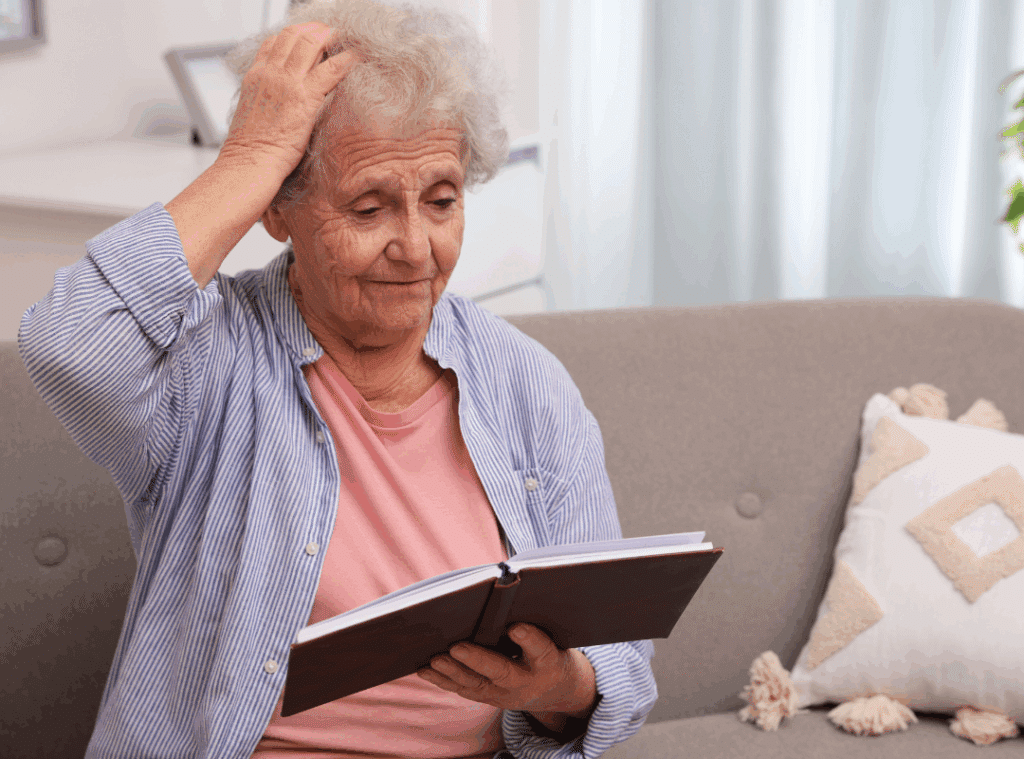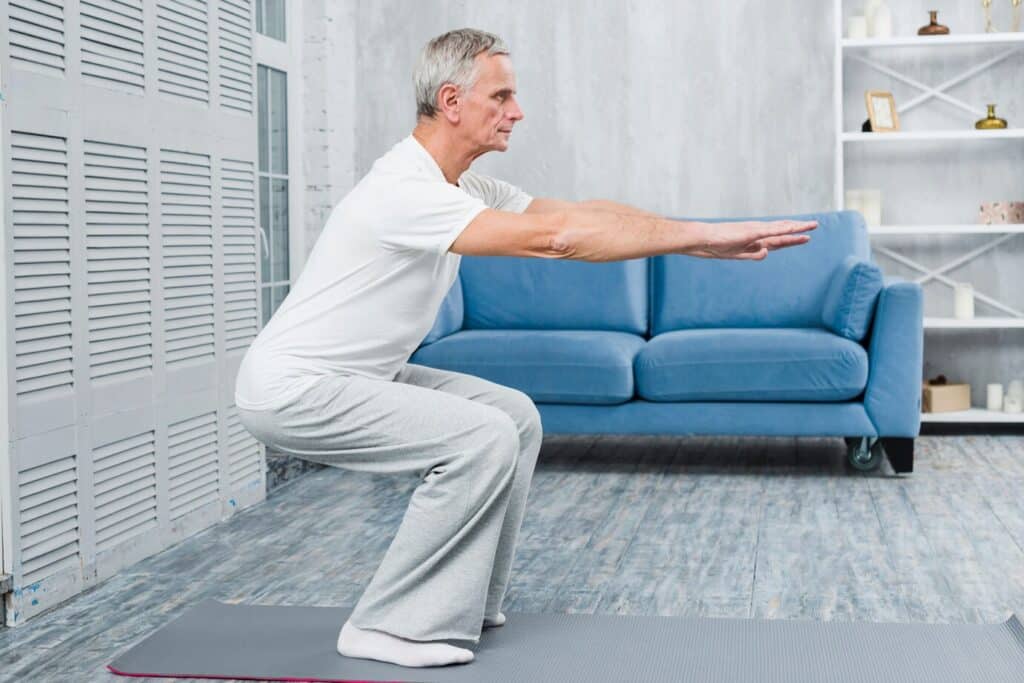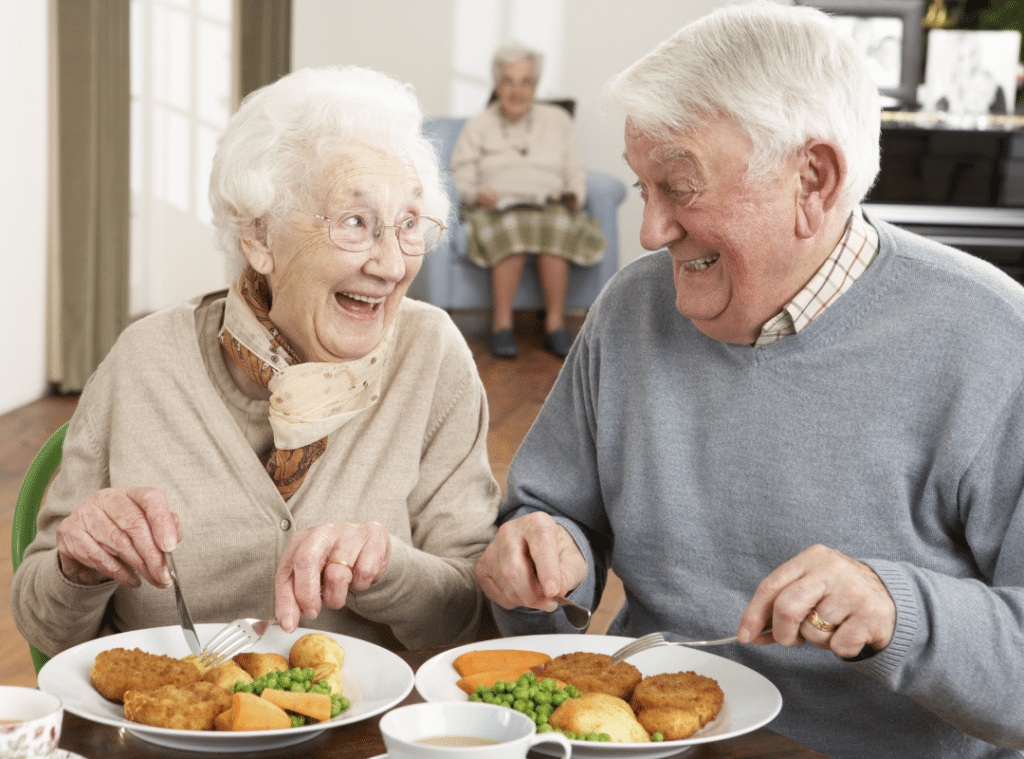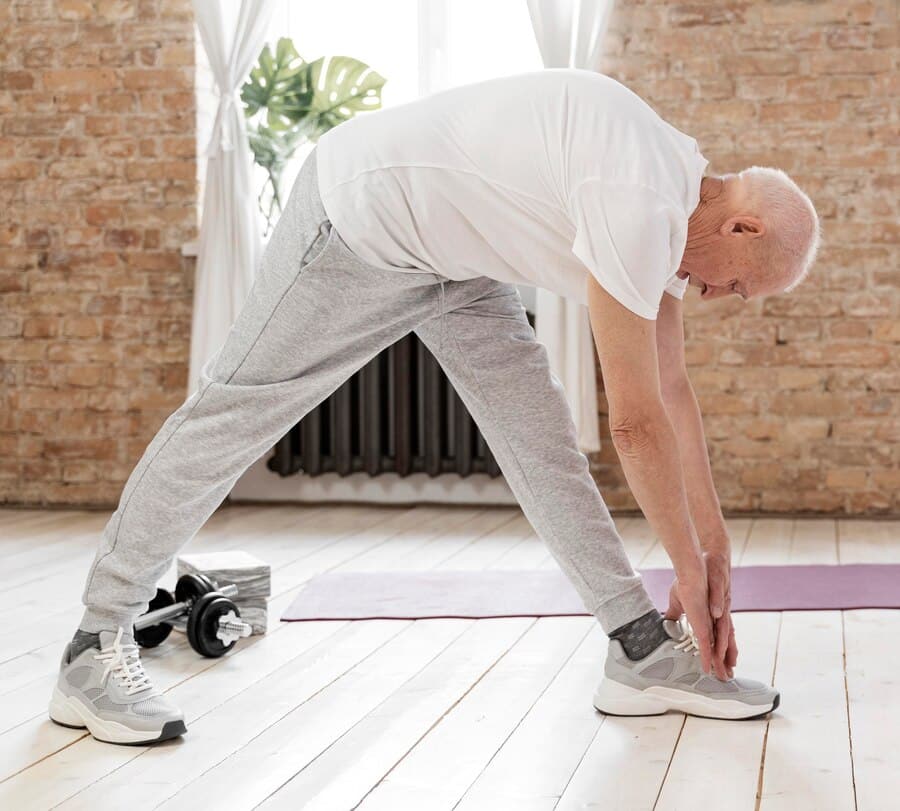Caring for older adults involves a deep understanding of conditions like age related physical debility, a common yet often misunderstood challenge in aging populations. This condition significantly impacts the ability of seniors to remain independent, increasing their vulnerability to falls, fatigue, and long-term health complications. At Westmont at San Miguel Ranch, we prioritize awareness and proactive care strategies to support residents through these changes.
Recognizing the signs of age-related physical debility early can transform the care experience. It allows families and caregivers to implement the right interventions, from physical therapy and nutrition to personalized activity plans. This comprehensive approach enhances mobility, mental well-being, and overall quality of life. Understanding its symptoms, coding implications, and caregiving resources ensures a safer, more fulfilling aging process.
What Is Age-Related Physical Debility?
Age related physical debility meaning refers to the progressive physical decline experienced by older adults due to aging. It includes decreased strength, endurance, and motor performance, often accompanied by an increased risk of chronic diseases and falls. While some decline is normal, age-related physical debility symptoms may indicate the need for clinical attention and tailored care.
This condition is documented in medical records using the age-related physical debility ICD-10 code R54. It’s important for healthcare professionals to differentiate this general code from more specific conditions such as sarcopenia (M62.84) or cognitive decline (F03.-), ensuring accuracy in diagnosis and treatment plans.
Caregivers can better support seniors by focusing on holistic wellness, incorporating activities that address physical, emotional, and mental needs. A coordinated care plan that includes qualified health care teams can dramatically enhance outcomes for those with age-related limitations.
Key Age-Related Physical Debility Symptoms to Monitor
Identifying age-related physical debility symptoms is vital for timely intervention. Here are some common indicators:
- Muscle weakness and limited mobility: A leading sign, often making routine tasks like standing or walking difficult.
- Chronic fatigue: Persistent tiredness that doesn’t improve with rest.
- Slowed motor performance: Difficulty with coordination and reaction times, increasing fall risk.
- Unintentional weight loss: Often linked to reduced appetite or activity.
- Mental fog or slowed cognition: While not always present, this may accompany physical decline.
Each of these symptoms may point to R54, but could also indicate other conditions. Therefore, an accurate diagnosis using the ICD-10 code for debility weakness ensures effective treatment and reimbursement for care services. Incorporating step-by-step leg exercises can also support improved mobility.

Understanding the ICD-10 Coding: What Is R54?
In healthcare documentation, the Age-related physical debility ICD-10 code R54 represents generalized debility. Though commonly used, it should be applied with caution to avoid errors. Below is a helpful reference:
| Aspect | Details | Importance |
| Code | R54 | Labels general debility |
| Related Conditions | Sarcopenia (M62.84), Cognitive Decline (F03.-) | Excluded under R54 |
| Use Caution With | Acute gastroenteritis ICD-10 and chronic conditions | Avoid misclassification |
| Clinical Note | Must document context and specific symptoms | Justifies insurance claims |
| Updates | Check CMS or WHO updates regularly | Maintains compliance |
Providers and administrators must also understand the ICD-10 code for debility weakness, often used interchangeably with R54, but meant for specific clinical scenarios. For accurate charting, differentiate general debility from treatable conditions like acute gastroenteritis, ICD-10, which demands immediate care and a different treatment path.
Implications for Senior Living Communities
The presence of age-related physical debility in seniors presents both challenges and opportunities for care communities. At Westmont at San Miguel Ranch, we emphasize:
- Early identification of symptoms
- Specialized caregiver training
- Personalized exercise programs
- Access to occupational therapy
These efforts not only improve physical health but also encourage emotional resilience. Equipping caregivers with the knowledge of age-related physical debility symptoms ensures a compassionate, proactive approach. For example, our team utilizes occupational therapy to help seniors regain or maintain independence in everyday activities.
Tools and Support for Providers
Support systems play a critical role in managing age-related physical debility. Resources for caregivers and providers include:
- Training programs that focus on senior-specific care
- Wellness workshops on chronic condition management
- Community collaborations that provide support services
Connecting with organizations such as AgingCare or the National Institute on Aging provides invaluable educational content, caregiver checklists, and forums. These resources help families and professionals navigate the journey of caring for seniors with declining physical function.
We also encourage using a boosted care plan approach. This includes nutrition, physical therapy, and social engagement to slow progression and improve well-being. Explore our internal ultimate guide to caring for elderly parents for more on balancing emotional and physical support.
Key Differences Between Debility and Other Diagnoses
While age-related physical debility is a general classification, it’s important to distinguish it from similar ICD-10 conditions:
- R54 (Debility, unspecified): Broad and non-specific
- M62.84 (Sarcopenia): Muscle loss with aging
- R11 (Nausea/Vomiting): Can mimic weakness in acute gastroenteritis, ICD-10 situations
- F03 (Unspecified dementia): May overlap with functional decline
Accurate coding impacts care decisions and insurance claims. Always verify the underlying cause of symptoms before selecting the ICD-10 code.
When to Seek Medical Evaluation
Families should seek medical evaluation if their loved one begins to show consistent age-related physical debility symptoms. This includes:
- Increased fall frequency
- Inability to complete ADLs (activities of daily living)
- Severe fatigue, even after rest
- Sudden weight loss or loss of interest in food
Routine assessments can help track changes and initiate intervention earlier. Remember, catching and addressing signs early may help slow progression and improve the senior’s daily life.
Compassionate Care Makes a Difference
At Westmont at San Miguel Ranch, we understand the emotional and physical demands that come with aging. Our team is trained to identify and manage the effects of age related physical debility, providing the tools and environment necessary for every senior to feel supported and valued.
Discover a Better Way to Support Aging Loved Ones
Understanding age related physical debility empowers families and professionals to deliver better care. From recognizing age-related physical debility symptoms to decoding the age-related physical debility ICD-10 classification, knowledge leads to action. Whether distinguishing between R54 and acute gastroenteritis icd-10 or learning the true age related physical debility meaning, staying informed is essential.
Westmont at San Miguel Ranch is here to help. Schedule a tour today and discover how our compassionate care can enhance your loved one’s journey. Call us at 619-271-4385 or explore our services at this link.
Discover the level of care you or your family member requires. What Level of Care Do You Need?
Frequently Asked Questions
What does age-related debility mean?
Age-related debility refers to the gradual decline in physical and sometimes cognitive functions that commonly occurs as people grow older. This condition may include symptoms such as reduced strength, fatigue, and difficulty with mobility. It can impact a senior’s ability to perform everyday tasks independently. Early detection and supportive care can help manage its progression.
What is frailty, age-related physical debility?
Frailty in the context of age-related physical debility is a medical syndrome characterized by a decrease in strength, endurance, and physiological function. It makes older adults more vulnerable to adverse health outcomes like falls, hospitalizations, or infections. Frailty is often a more severe form of physical debility and may signal a need for extra care. Preventative measures like nutrition, exercise, and social support can help slow its development.
What is the meaning of physical debility?
Physical debility means a state of weakness or loss of strength that affects a person’s physical ability to function. It can be temporary or chronic and may result from illness, injury, or aging. In older adults, it often appears as muscle weakness, limited mobility, or fatigue. Addressing physical debility involves rehabilitation, physical therapy, and maintaining a healthy lifestyle.
What are the age-related physical impairments?
Age-related physical impairments include reduced muscle mass, joint stiffness, poor balance, and slower reflexes. These impairments often lead to challenges in mobility, increased fall risk, and decreased independence. Vision and hearing loss may also accompany these changes, further affecting quality of life. Early intervention and supportive care can help seniors adapt and maintain functionality.








